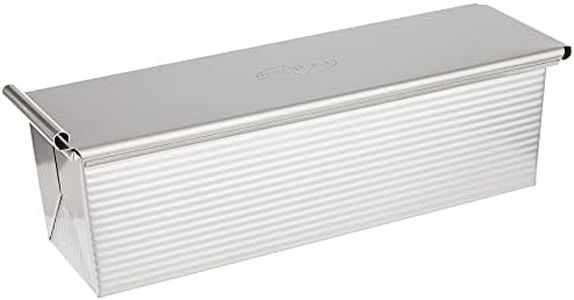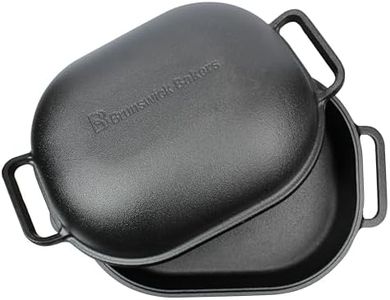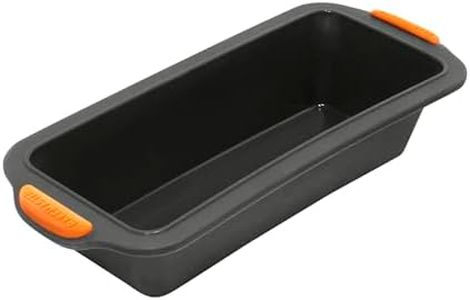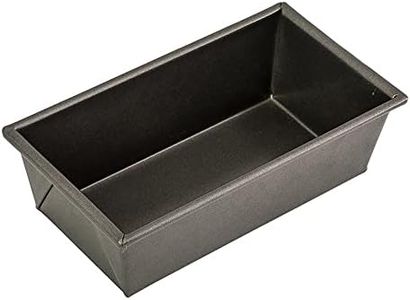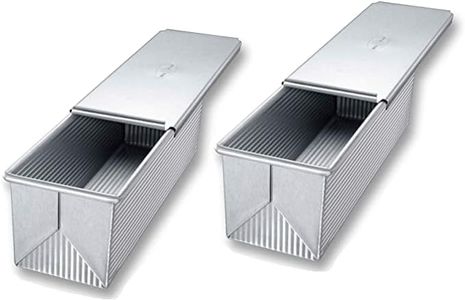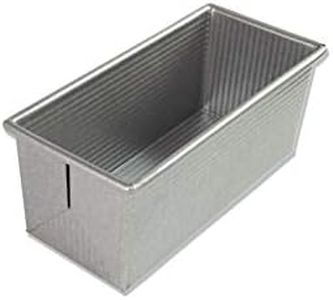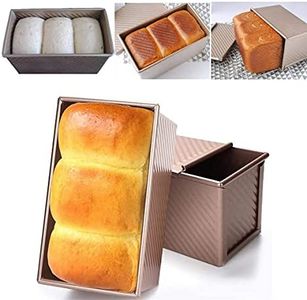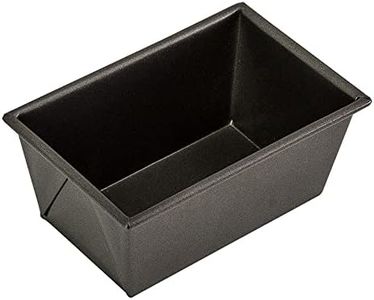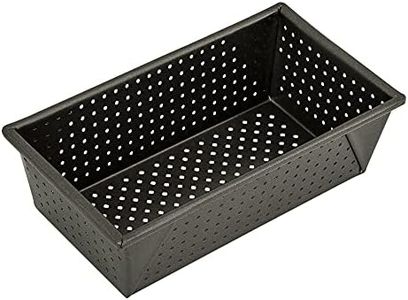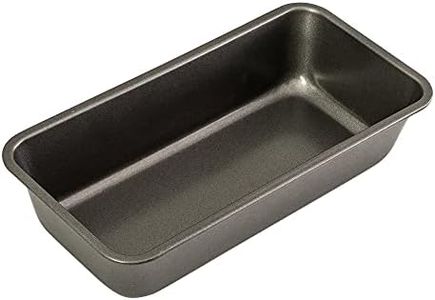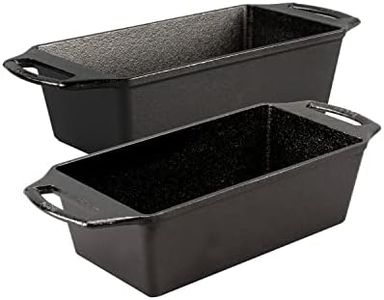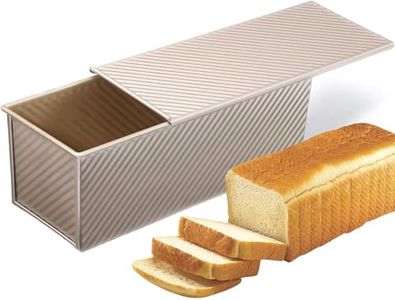We Use CookiesWe use cookies to enhance the security, performance,
functionality and for analytical and promotional activities. By continuing to browse this site you
are agreeing to our privacy policy
10 Best Bread Pans
From leading brands and best sellers available on the web.Buying Guide for the Best Bread Pans
Choosing the right bread pan is an important step in making homemade bread, as it can greatly affect the final result. Bread pans come in a variety of shapes, sizes, and materials, each lending a unique finish to your baked goods. When shopping for a bread pan, consider what types of breads you like to bake, the size of your usual recipes, and how much you value convenience and ease of use. Understanding the key specifications will help you make a more informed choice and bake bread that's perfect for your needs.MaterialThe material of a bread pan determines how your bread bakes and can influence the crust’s texture and color. Common materials include metal (aluminum or steel), glass, ceramic, and silicone. Metal pans typically heat up quickly and produce a well-browned crust, making them popular for a wide range of bread types. Glass pans heat more slowly, often resulting in a lighter crust, while ceramic offers even heat distribution but can be heavier and breakable. Silicone pans are easy to clean and nonstick, but may not brown the bread as well. If you want a crisp, golden crust, metal is often best. For lighter, softer crusts, glass or ceramic may be preferred. Consider what kind of finish you want for your bread and choose a material that supports that result.
Size and CapacityThe size of your bread pan will determine the shape and volume of your loaf. Standard loaf pans range from about 8.5 x 4.5 inches to 9 x 5 inches, but there are smaller and larger options. A pan that’s too large for your recipe will produce a shorter, flatter loaf, while a pan that’s too small can cause overflow. If you usually bake recipes calling for 'standard loaf pans,' one of the mid-size pans is a safe choice. If you like to experiment with mini loaves or need larger loaves for sandwiches, look at smaller or bigger pans respectively. Matching pan size to your recipe results in more predictable, attractive loaves.
Nonstick CoatingNonstick coatings make bread easier to remove and pans simpler to clean, but not all pans have this feature. Some people prefer uncoated pans for a more traditional approach or to avoid potential wear and tear on the coating. When choosing, think about your comfort with prepping pans (greasing or lining) and your priority for easy cleanup. If convenience is important or you’re new to baking, nonstick is helpful. If you don't mind extra prep or want to avoid coatings, a traditional pan may suit you better.
Shape and StyleMost bread pans are rectangular, ideal for sandwich loaves, but other shapes like domed, round, or decorative pans are available. The shape affects both the appearance and the way bread bakes. If you want classic sandwich slices, go for a typical rectangular pan. For artisanal or decorative breads, try specialty shapes. Your choice should match the types of bread you like to make and the results you want to see.
Handles and Ease of UseSome pans come with wide rims or handles that make them easier to grab and remove from the oven, which is especially helpful if you’re handling hot pans frequently. If you have limited mobility, small hands, or just want added convenience, look for a pan with comfortable handles or extended lips. If this isn’t a concern, traditional shapes will serve you just as well.
Dishwasher Safety and CleaningCleaning can be a big factor in regular use. While some pans are dishwasher-safe, others require hand washing to maintain their finish or coating. If you prefer quick cleanup, check that your pan can go in the dishwasher. If you don’t mind handwashing, you have more options, particularly with specialty or uncoated pans. Matching cleanup style to your habits will make baking more enjoyable and frequent.
